An Overview of Information Disclosure Statement (IDS) Preparation
According to the USPTO (United States Patent and Trademark Office), the owner or applicant has to submit IDS (Information Disclosure Statement) providing all mentions, Prior Art (Patent and Non-Patent Literature) that would find the patentability of an application. As an instance, this is performed by submitting IDS and Information Disclosure Statement submitted sooner at the time of filing or anytime the owner or applicant wants at various stages of prosecution. But, it is advisable to file an Information Disclosure Statement (and supplemental IDSs) as early as possible to make sure that it will be deemed by the Reviewer and to avoid acquiring extra costs or fees. Information submitted in Information Disclosure Statement Preparation comprises issued Patent applications, published articles, Non-Patent literature, or any materials that could be pertinent to the Patent revealed in the Patent application.
Who has the Duty Bound to Unveil Prior Art?
The duty to disclose or reveal known and pertinent Prior Art applies to all people involved with the vital preparation of the Patent application. That means not only the client or the applicant but the Patent agents and attorneys who are managing the Patent application. The duty also applies to each innovator or inventor named in a Patent application.
Type of Prior Art Information should be submitted in an Information Disclosure Statement Preparation
The duty of candor applies only to pertinent information that is defined as material to the patentability of the invention or innovation claimed in your Patent application. Consider material information as something that calls into question the uniqueness of your claimed invention. Information or details can also be material if it might provide your innovation obviously.
What can you do if New Prior Art is determined after a Notice of Allowance/Final Office Action?
Sometimes, an applicant or owner may determine New Prior Art after getting a Notice of Allowance for example New Prior Art mentioned in related PCT Application or Foreign Application. If the Prior art references were 1st discovered less than three months ago, the owner or applicant may file the Information Disclosure Statement (IDS) and pay a USPTO IDS fee. If more than 3 months have passed since the new Prior Art references were 1st revealed or discovered, the applicant must file an RCE (Request for Continued Examination) and pay the USPTO fees for an RCE to file a supplemental Information Disclosure Statement (IDS).
What happens if the Prior Art Date is unidentified?
Undated Prior Art Reference in IDS (Information Disclosure Statement) will usually not be deemed by the examiner or Reviewer. Following are some potential solutions that exist:
- If the Prior Art Reference is a webpage or website, check archive.org to see if an initial publication date has been recorded and/or,
- If the applicant is definite that the reference was dated previously than the priority date of your Patent application filing, then a statement can be submitted with the Information Disclosure Statement to show that the reference was known to the applicant or innovator prior to the priority date of the application. This will enable to examiner & Reviewer to believe the reference even without a date.
How to Find if the Patent Application is Related for Cross-Citing Prior Art?
At the beginning of filing a new Patent application, a purpose should be made as to whether the new Patent application is related to any earlier filed applications. If so, the new Patent application should be cross-referenced with the relevant classes for purposes of filing IDS (Information Disclosure Statements) in this group of related cases, a practice known as Cross-Citing Prior Art. This is because of the chance that Prior Art in one Patent application, which is not already of record in another Patent application, may be material to the patentability of that other application.
To find out whether the new Patent application concerning a foreign application is comparatively simple or easy. In most instances, a priority claim to the similar foreign priority application would clearly provide the cases related, if the new application doesn’t comprise nay priority claim; however, the applicant knows the matter of the new application is comes in a prior foreign filing (for example, applicant missed the deadline of filing a foreign application, but is taking advantage of the one year grace period for Patent filings), then such cases are also related.
Why should you file Cross-Citing IDS?
If you have two pending Patent applications that are related to each other, for example, two Design Patent applications by the same applicants show identical designs. If an Office Action is mentioning the Prior Art is issued in a first applicant, then you have to file a Cross-Citing Information Disclosure Statement in the related 2nd application. The main point is to take the Prior Art reference uncovered in one case and have them deemed in all other related cases.
When can you file an Information Disclosure Statement (IDS)?
It is always better to quickly file the Information Disclosure Statement (IDS) as the pertinent Prior Art information is known. For new Patent applications, the IDS should be filed with the initial submission/shortly thereafter and ideally before the issuance of a first Office Action to avoid fees. If new Prior Art was determined via a corresponding PCT application, then the IDS must be filed with 3 months of Foreign Office Action or a global search report that mentioned the new Prior Art to avoid paying any extra USPTO fee.
The candor’s duty is an ongoing compulsion, so the applicant and its Patent Practitioners have an ongoing duty to file IDS as long as new Prior Art is revealed. If you have numerous related Patent applications pending, then there is a high probability that you have to make various IDS filings in each Patent application. Whenever Prior Art comes out in one application, you have to submit an IDS in each related application.
Consequences of not filing IDS
Failure to reveal material information to the USPTO at the time of prosecution may lead to a finding of unfair conduct, which may provide a Patent unenforceable.
Frequently Asked Questions
At the time of the Patent Prosecution Process, the Patent inventor must reveal all the know Prior Art references.
It's an effective method of mentioning Prior Art references, and it plays an essential role in discovering the Patent application success.
You can file the IDS with the USPTO using the Form PTO/SB/08a and/or PTO/SB/09b.
While preparing IDS, the applicant must comprise relevant & material Patents & published material. If the information is in any language other than English, its translation must also be included.
It refers to a submission of relevant information or background art to the USPTO by an inventor or applicant of a Patent during the process of Patent Prosecution.
It is also known as Information Leakage when a website unintentionally reveals sensitive information to its users.


